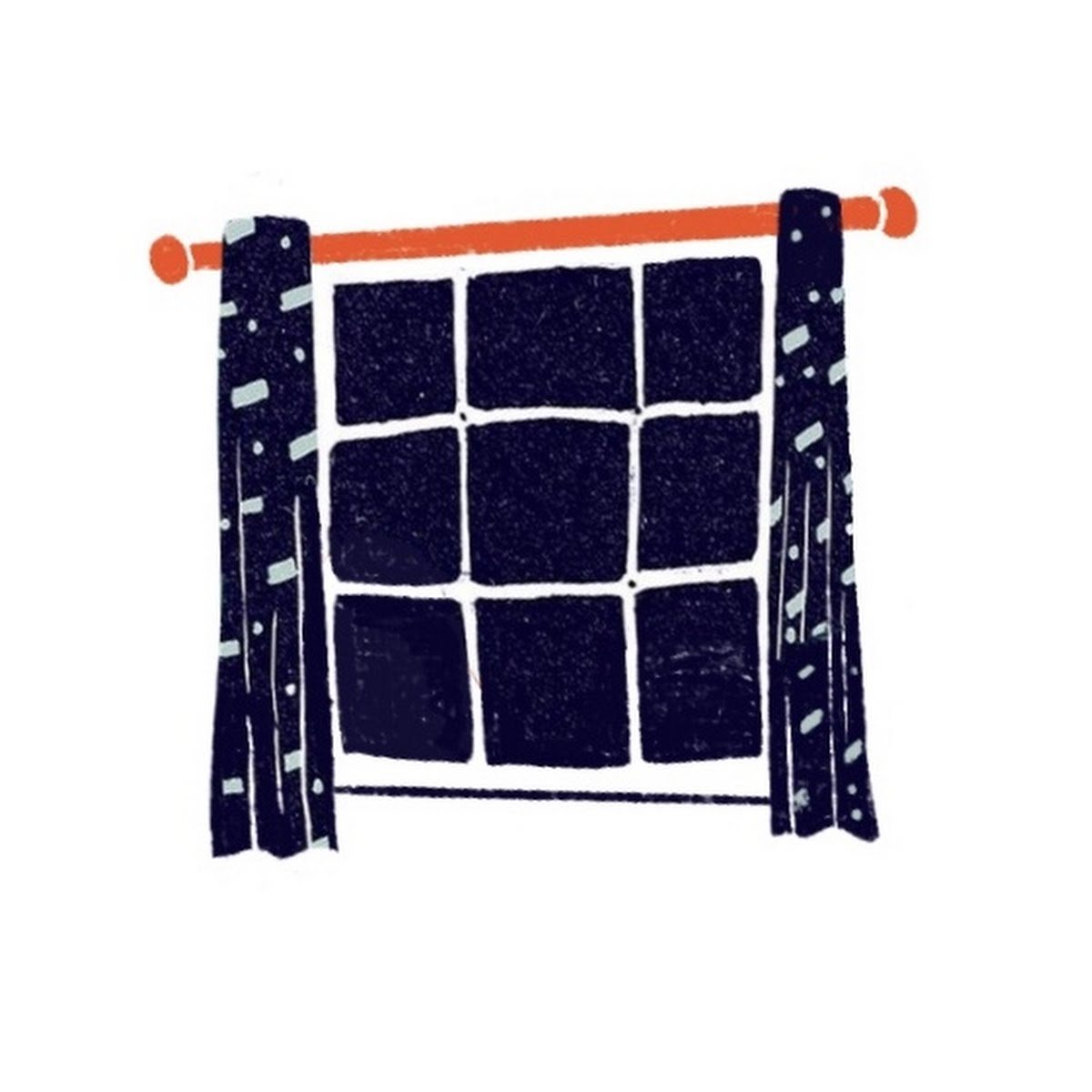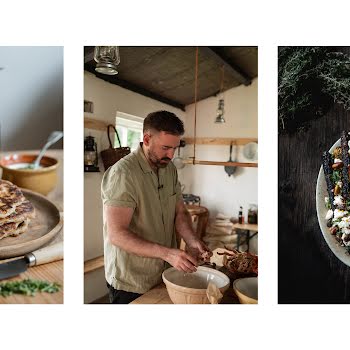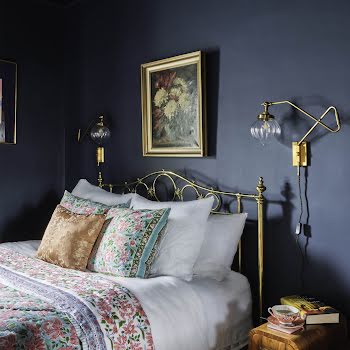
Making our homes more energy efficient is a priority for many, but it’s important to think about the full picture to avoid any unintended consequences, and ensure your improvements work as intended. Architect Gearóid Carvill shares some of the main things to consider.
With our concerns about cost and climate, it has never been more important to improve our homes’ energy efficiency. When planning your project, it is important to think holistically to avoid unintended consequences and ensure that improvements perform as designed for you, your family’s and the wider societal benefits.
Beware of hot air
Insulating to reduce heat loss, or the “fabric first” approach, is the best way to begin your energy efficiency plan. Where possible, it is important to “join the dots”, so, for example, new floor insulation connects with wall insulation and attic insulation with wall. Care should be taken at windows as wall insulation needs to connect to your windows at the window reveal. Areas of uninsulated wall become cold bridges and the rate of heat loss increases through these gaps.
Insulation upgrades need to be considered with ventilation because the warmer we make our homes, the greater carry capacity our internal air has for moisture and some systems, particularly dry lining, can result in cold bridging. When this warm air meets a cold surface, moisture condenses and over time can result in mould, which is hard to get rid of. Insulation upgrades invariably make our home more airtight, which is a good thing, but apart from excess moisture there are also pollutants such as volatile organic compounds (VOCs) from furniture and paint, as well as off-gassing from cleaning products that it is important to vent out. Bottom line, it is crucial to ensure ventilation meets building regulation requirements and this extends beyond our bedrooms and living rooms to any space you don’t want to find mould or rot in.
Choose insulation carefully
We have a rich history of construction in Ireland and there are many types of wall construction and now a variety of insulation materials to choose from, but they don’t all work together. Your geographical location in Ireland (and importantly, your exposure to rain) as well as the type of construction: solid, cavity, or block, will determine which system will work best for you. Wall insulation is not always appropriate either, as it may cover up or result in the loss of decorative features important to the character of the home.
Window peak
We’re obsessed with light but in a super-insulated home, excessive glazing can result in overheating. It’s a new phenomenon, but one that is likely here to stay so altering homes to provide walls of glass needs to be considered in terms of balancing comfort with aesthetics. It is important to consider a window’s thermal performance and different windows will have different thermal specifications (U-values), which is the rate of heat transfer. The lower the figure, the better the insulator. The effect of glazing on internal temperature can be calculated by designers using the Passive House Planning Package, amongst other software solutions.
























